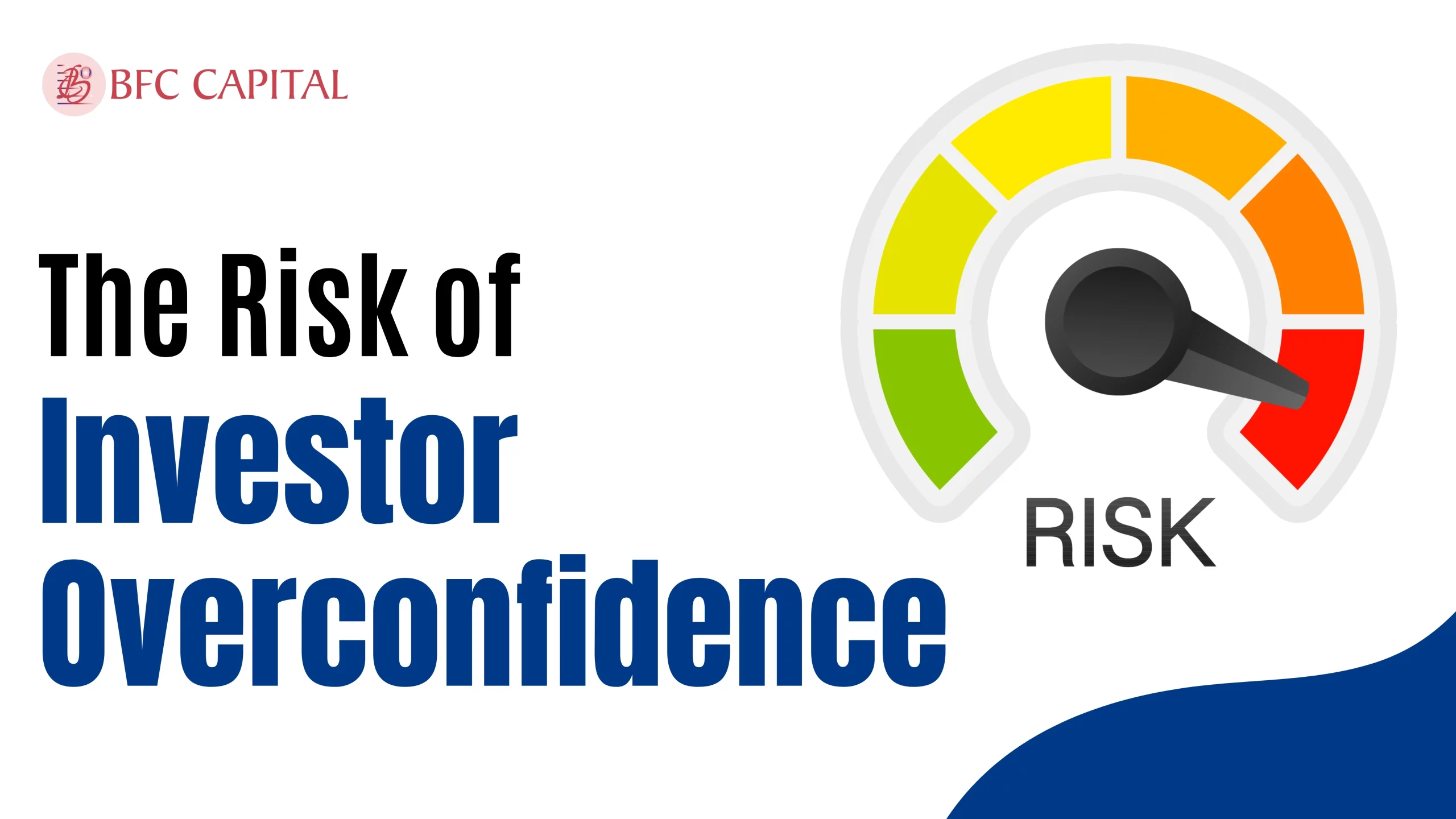
Mutual Funds Risk
As the years go by, an increasing number of individuals have expressed interest in mutual funds. However, a common question that arises is whether or not mutual funds have risk. So, if you are looking to invest in mutual funds but are uncertain about the potential risks, you have come to the right place. In this article, we will explore the question of mutual fund risk and provide tips on how to minimize such risks.
Do Mutual Funds Have Risk?
Just like a coin has two sides, investing in mutual funds also involves both risks and rewards. While mutual funds have proven to be profitable for many investors, certain inherent risks cannot be avoided. These risks include liquidity risk, market risk, inflation risk, concentration risk, and more. But don’t let the fear of risks hold you back from benefiting from mutual funds. Instead, consider adopting the following tips to mitigate the Mutual Funds Risk and maximise your returns.
How Can You Reduce This Risk?
As stated before, don’t let the fear of risks discourage you from investing in mutual funds. There are several approaches you can take to reduce this risk. Here are a few ways to help you minimise the risk associated with mutual funds, making your investment journey smoother:
Consult a Wealth Manager
Mutual funds are a popular investment option for many people. However, like any investment, there are risks involved. One way to reduce the risk associated with mutual funds is to consult a wealth manager. Wealth managers have a deep understanding of the financial markets and can help you develop a diversified investment portfolio that aligns with your risk tolerance and financial goals. They can also provide valuable advice on when to buy and sell mutual funds, as well as which funds to invest in based on your investment objectives. Consulting a wealth manager is a smart way to optimise your investment returns.
Check Your Risk Profile
Before investing in mutual funds, it is important to assess your risk profile. This involves understanding your financial situation, investment goals, and risk tolerance. A risk profile helps you determine the types of investments and the level of risk that aligns with your financial goals and comfort level. It also helps to ensure that your investments are diversified and balanced. By checking your risk profile, you can make informed investment decisions and strike the right balance between risk and reward, which can help you achieve your financial objectives.
Diversify Your Portfolio
Similar to the saying, “Do not put all your eggs in one basket,” you should not put all your investments in one asset class. Diversifying your investments across different asset classes can help you avoid the risk of losing all your wealth in case of any losses. By spreading your investments across a combination of assets, you can ensure that even if one of your investment schemes underperforms, there will always be another one to cover the losses. A well-diversified portfolio should allocate investments to equity and debt based on your age, investment horizon, and risk profile to ensure optimal diversification.
Avoid Overlapping of Schemes
When investing in mutual funds, it’s important to diversify your portfolio to reduce the overall risk. However, it’s equally important to ensure that the schemes you choose do not overlap. Overlapping of schemes means that you have invested in multiple funds that have similar holdings, which increases the risk of loss in case of a market downturn. Additionally, overlapping schemes in the portfolio could limit its potential to add value by missing opportunities in other areas. Therefore, it’s advisable to carefully analyse the portfolio of each scheme before investing and avoid overlapping schemes as much as possible to reduce mutual fund risk.
Invest Through SIPs
Systematic Investment Plan (SIP) is a mutual fund investment method in which you can invest a fixed amount of money at regular intervals into a mutual fund scheme. SIPs help reduce the risk associated with mutual funds. Since the investment is made in regular instalments, you benefit from rupee cost averaging. This means you buy more mutual fund units when the market is low and fewer when the market is high. Over time, this helps reduce the overall cost of investment and minimise the risk associated with market volatility. Therefore, investing through SIPs is a good way to start investing in mutual funds for those who want to minimize risk.
Invest for the Long-Term
Investing for the long term is a strategy that can help reduce the risk associated with mutual funds. When you invest for the long term, you are giving your investments time to grow and potentially recover from any short-term fluctuations in the market. This can help smooth out any volatility in the short term and provide more stable returns over time. Additionally, long-term investment can help you earn higher profits due to the power of compounding. It helps you avoid making impulsive investment decisions that result in lower returns and higher risks. Therefore, you should refrain from withdrawing your investments prematurely and give them enough time to grow.
On a Final Note
Investing in mutual funds is an excellent way to start building your portfolio. However, it’s essential to understand that mutual funds come with certain risks. Fortunately, there are several ways to mitigate these risks and make informed investment decisions. You can consult a wealth manager, diversify your portfolio, and invest for the long term to reduce the impact of these risks. By following this comprehensive guide, you can embark on a smooth mutual fund investment journey.
Please share your thoughts on this post by leaving a reply in the comments section. Also, check out our recent post on “Importance of Regular Portfolio Review.”

Assistant Vice President – Research & Analysis
Akash Gupta heads the Research & Analysis department at BFC CAPITAL, where he combines in-depth market insights with strategic analysis. He holds multiple certifications, including:
- NISM-Series-XIII: Common Derivatives Certification
- NISM-Series-VIII: Equity Derivatives Certification
- NISM-Series-XXI-A: Portfolio Management Services Certification
- IRDAI Certification
With his expertise in equity, derivatives, and portfolio management, Akash plays a key role in providing research-backed strategies and actionable insights to help clients navigate the investment landscape.






